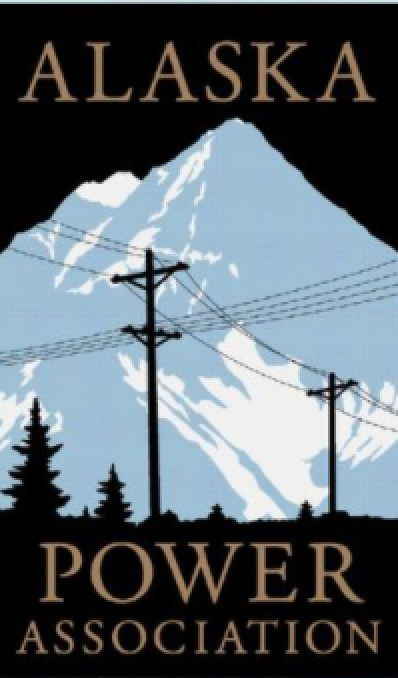Part 1 of 2 Parts
Two bills were introduced to the Alaska Legislator by Governor Mike Dunleavy recently. House Bill 299 and Senate Bill 177 would simplify the legal requirements for the implementation of nuclear microreactors in Alaska. This will potentially encourage the use of these devices in Alaska. A microreactor is a small, self-contained nuclear reactor that can generate electricity and produce heat. A microreactor would be constructed in a factory and then transported to a site for installation. Typically, the device should only need to be refueled about every ten years. Some designs call for the device to be totally replaced every ten years rather than refueled.
Current Alaskan statues and associated regulations are designed to deal with massive, traditional nuclear power stations. The idea behind the two proposed bills is to make laws and regulations more appropriate for microreactors. This should make the use of this new technology more feasible. Essentially, the proposed changes to laws and regulations would enable local decisions making on the placement of microreactors by removing a current requirement to situate microreactors on land designated by the Legislature. With respect to microreactors, state agencies would not be required to conduct studies into changes in laws and regulations needed for the installation of nuclear power plants. A microreactor would be defined as a nuclear power reactor with a maximum output of fifty megawatts.
Proponents of the potential use of microreactors in Alaska argue that such devices could become a clean source of energy, with zero carbon emissions. They could be utilized in combination with renewable energy sources. Gwen Holdman is director of the Alaska Center for Energy and Power at the University of Alaska Fairbanks. During a February 23 meeting of the Senate Labor and Commerce Committee, Holdman suggested that micronuclear power could be used on the Railbelt energy grid, as an alternative to battery energy storage, for regulating variable renewable energy sources. This could be done in conjunction with a proposed renewable portfolio standard for the Railbelt.
In a March 11 meeting of the Alaska House Resources Committee, Holdman commented that the power output from microreactors could be appropriate for the power needs of hub communities at several locations around Alaska, including Anchorage, Fairbanks, Bethel, Nome, Kotzebue, Dillingham, Naknek and Tok. However, microreactors are unlikely to prove economically viable in small, isolated rural communities. In addition to being a source for electrical power, microreactors could provide heat for buildings and industrial processes. Calculating the exact economics of all this remains a work in progress.
Currently, the U.S. Air Force plans to install a microreactor with a power output of about five megawatts at Eielson Air Force Base near Fairbanks. This device is intended to supply some of the electricity and heat for the base. Installation of the system is scheduled to begin in 2025, with commercial operation beginning in 2027.
Research into microreactors is focused on the Idaho National Laboratory’s Reactor Innovation Center. The Alaska Center for Energy and Power (ACEP) is collaborating with the Idaho National Laboratory and other parties to develop a roadmap for the potential use of microreactors in Alaska, said Holdman. ACEP has been studying the microreactor concept for several years.
Jess Gehin is associate laboratory director at the Idaho National Laboratory. He told the Senate Labor and Commerce Committee that the Copper Valley Electric Association is working with a microreactor developer on a feasibility study for microreactor use.
Please read Part 2 next
